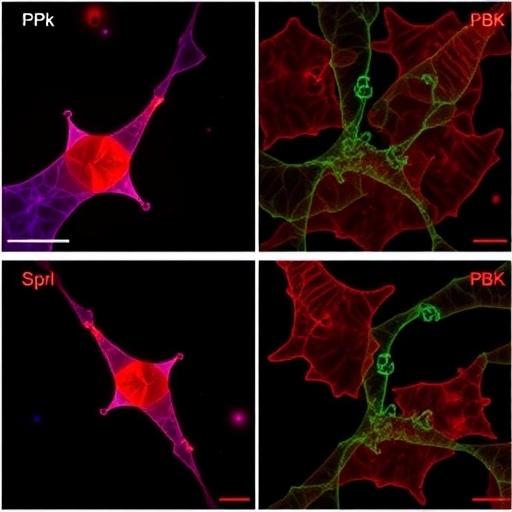In addition to essential metabolic functions, the level of zinc in the body also affects the heart muscle. When oxidative stress occurs, it may be due to a shortage of zinc, which can be determined by examining the heart muscle. A study by the Technical University of Munich (TUM) shows the relationship between the total amount of zinc in the body and cardiac function.
Oxidative stress occurs when more free radicals are generated in the cell than can be intercepted by antioxidants such as vitamin E. It has already been proven that a severe lack of zinc, which promotes obvious clinical symptoms is also associated with increased cellular stress. However, such an extreme shortage is very rare. Short-term and latent shortages of zinc occur much more frequently. So far, research is sparse on whether this is also linked to oxidative stress.
Due to its high metabolic activity, the researchers have focused on studying the heart muscle. A particularly high number of free radicals occurs here relative to the amount of tissue mass. Furthermore, the heart muscle also has a lower antioxidative capacity than other tissues. Therefore, it is particularly susceptible to oxidative stress.
For the study published in the Journal of Nutrition, this has been investigated by monitoring two antioxidants: glutathione and vitamin E (α-Tocopherol). Both disable free radicals, wherein vitamin E in particular is responsible for the integrity of the cell membrane. The cell membrane shields the cell contents from the environment.
Oxidative stress is regulated by the zinc status
Young piglets were deprived of nutritional zinc to different extents for a few days. Thereby, the scientists were able to determine how a declining amount of zinc in the body affected the animals' heart muscles. They noticed that the concentration of glutathione and vitamin E in the heart muscle declined alongside the bodies´ zinc status. Hence, the body's zinc supply already affects the heart's ability to deal with oxidative stress at this early stage. According to current research, oxidative stress is a predisposing factor for heart diseases.
Furthermore, it was observed that genes responsible for programmed cell death (apoptosis) are upregulated in this phase of cell stress accompanied by declining zinc supply levels. "The body was no longer able to compensate for the resulting shortage of zinc, even though our tests only ran for a few days," said lead author Daniel Brugger from the Chair of Animal Nutrition at TUM.
As the situation progressed, it was observed that the heart attempted to compensate: "After the first phase, during which a reduction in tissue zinc concentration was observed, the heart muscle intervened and increased the amount of zinc back to the basal (control) level. However, this increase took place at the expense of the zinc content of other organs — above all the liver, kidneys, and the pancreas."
Further yet unpublished liver data also indicates that this decline in tissue zinc is accompanied by events of subclinical inflammation. This seems to also apply to other organs, above all the primary immune tissues. Additional studies will be necessary in order to confirm these findings.
###
Publication:
Daniel Brugger and Wilhelm M. Windisch: Short-Term Subclinical Zinc Deficiency in Weaned Piglets Affects Cardiac Redox Metabolism and Zinc Concentration, Journal of Nutrition 2017. DOI: 10.3945/jn.116.240804
Contact:
Technical University of Munich
Chair of Animal Nutrition
Hans Eisenmann-Zentrum für Agrarwissenschaften
Daniel Brugger
Liesel-Beckmann-Straße 2
85354 Freising-Weihenstephan
Tel. +49 (0) 8161 – 714009
Email: [email protected]
Media Contact
Daniel Brugger
[email protected]
0049-816-171-4009
@TU_Muenchen
http://www.tum.de
############
Story Source: Materials provided by Scienmag




